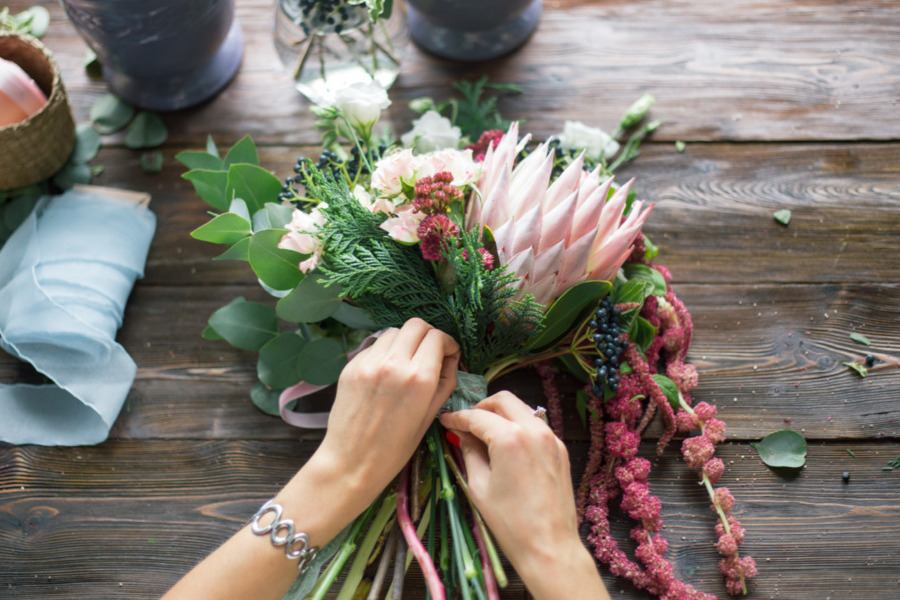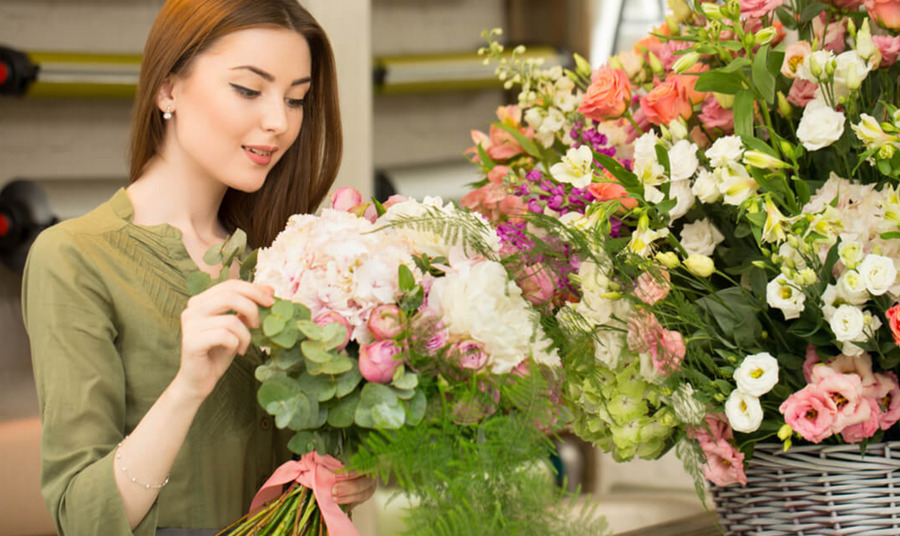
Floristry: The Art of Crafting Beautiful Bouquets and Arrangements
Floristry, an art form dedicated to the creation of stunning bouquets and arrangements, marries aesthetics with botanical knowledge. This craft not only emphasizes the beauty of flowers but also their ability to convey messages and emotions, making floristry a pivotal element in celebrations, ceremonies, and decor.
Page Content
The History of Floristry
The roots of floristry trace back to ancient civilizations where flowers held significant cultural and religious importance. In ancient Egypt, flowers were integral to religious ceremonies and were used in burials to symbolize life and resurrection. The Greeks and Romans adorned their spaces with floral arrangements and wreaths, using them to honor heroes and gods. In the East, Chinese, Japanese, and Korean traditions embraced flowers for their symbolic meanings and incorporated them into their art, philosophy, and ceremonies, laying the groundwork for modern floristry.
Modern Floristry: Plants and Flowers
Today’s floristry utilizes a diverse palette of plants and flowers, each selected for its unique beauty, texture, and meaning. Roses, known for their classic beauty and symbolism of love and passion, are a staple. Lilies, peonies, and orchids are favored for their exquisite forms and array of colors. Seasonal flowers, such as tulips and daffodils in spring, sunflowers and dahlias in summer, and chrysanthemums and asters in autumn, play a crucial role in creating time-specific arrangements.

Seasonal Selections
Seasonality, sizes, shapes, and color schemes all influence the choice of flowers and plants. Bright, fresh flowers, such as tulips and hyacinths, are frequently seen in springtime bouquets, signifying new beginnings. Sunflowers and zinnias give summer arrangements their brilliant, bright hues, which perfectly capture the excitement of the season. Rich oranges, reds, and yellows seen in dahlias and marigolds accentuate the warmth of the season in autumnal arrangements.
Principles of Floristry
The foundation lies in its principles: balance, proportion, texture, and color combinations. A harmonious bouquet considers the interplay of colors and shades, along with the compatibility of different plants in shape and texture. Techniques vary, from the simplicity of the classic bouquet, focusing on symmetry and color, to the structured form of cylindrical and spherical bouquets, each serving different aesthetic and functional purposes.
Floristry Techniques and Styles
- Classic Bouquet: Emphasizes a balanced and symmetrical arrangement, often featuring a dominant flower type or color.
- Cylindrical Bouquet: Built around a tall, narrow shape, ideal for formal events and as decor in slender vases.
- Spherical Bouquet: Achieves a round form, focusing on uniformity and density, popular in bridal bouquets.
- Floral Composition: Involves creating a “picture” with flowers, where each plant and flower plays a part in a larger visual story.

Contemporary Floristry Styles
- Vegetative Style: Mimics nature, using a mix of wildflowers and foliage to create a natural, untamed look.
- Decorative Style: Leverages a variety of flowers, focusing on vibrant colors and textures for a visually impactful arrangement.
- Linear Style: Prioritizes clean lines and minimalism, often using tall, striking flowers to create a sense of height and structure.
- Massive Style: Known for its dense, lush arrangements, where flowers are closely arranged to form a rich tapestry of colors and textures.
The Role of the Florist
A skilled florist is at the heart of creating meaningful and beautiful floral compositions. With a deep understanding of botany, floristry techniques, and color theory, florists craft arrangements that convey emotions, celebrate occasions, and beautify spaces. The best floral boutiques, like FloBerry BOUTIQUE in Dubai, are known for their exclusive collections of luxurious arrangements, showcasing the talent and creativity of their florists.
Floristry, with its rich history and evolving styles, continues to be a dynamic and expressive form of art. Whether through a simple bouquet or an elaborate arrangement, floristry offers a unique way to connect with nature and express sentiment, making it an enduring and cherished craft.
Snowboarder, mother of 2, fender owner, International Swiss style practitioner and TDC honorary member. Doing at the crossroads of aesthetics and mathematics to craft experiences that go beyond design.
